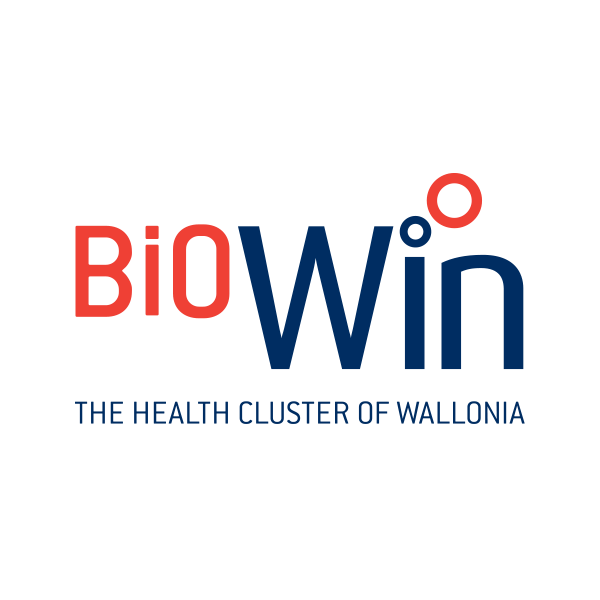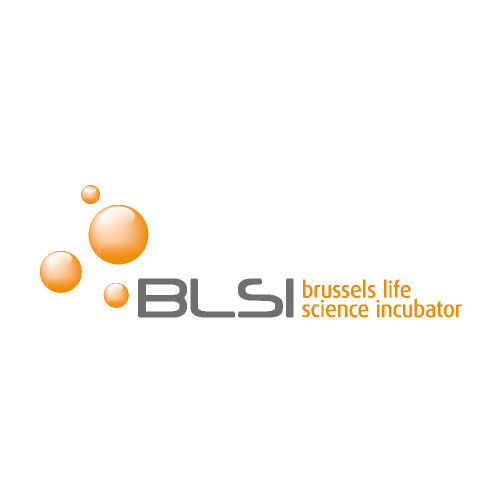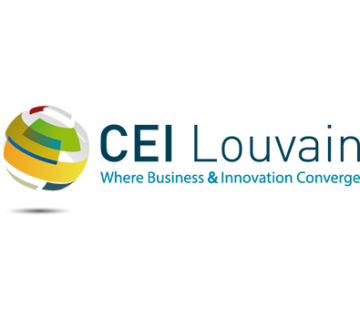How does it work?
The innate immune system is the body’s first line of defense, providing a fast and powerful reaction to health threats. Traditionally, this system was thought to be non-antigen-specific and was therefore not considered for therapeutic use, due to the risk of off-target effects.
Newly discovered mechanisms have now shown that a subpopulation of cells belonging to the innate immune system can be triggered by proteins and elicit a specific response. These activated cells not only exert a direct effect themselves, but are also key to modulating the adaptive immune system’s response.
Based on these insights, Equaly is the first company to unlock the therapeutic potential of the innate immune system.
Our technology platforms
Equaly’s technology opens up a whole new approach to developing and improving therapies. Our platform can be used to:



